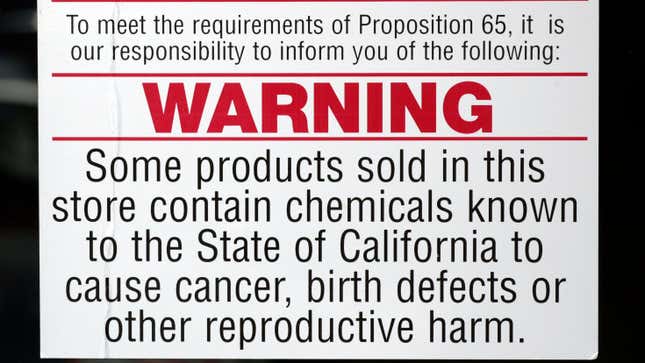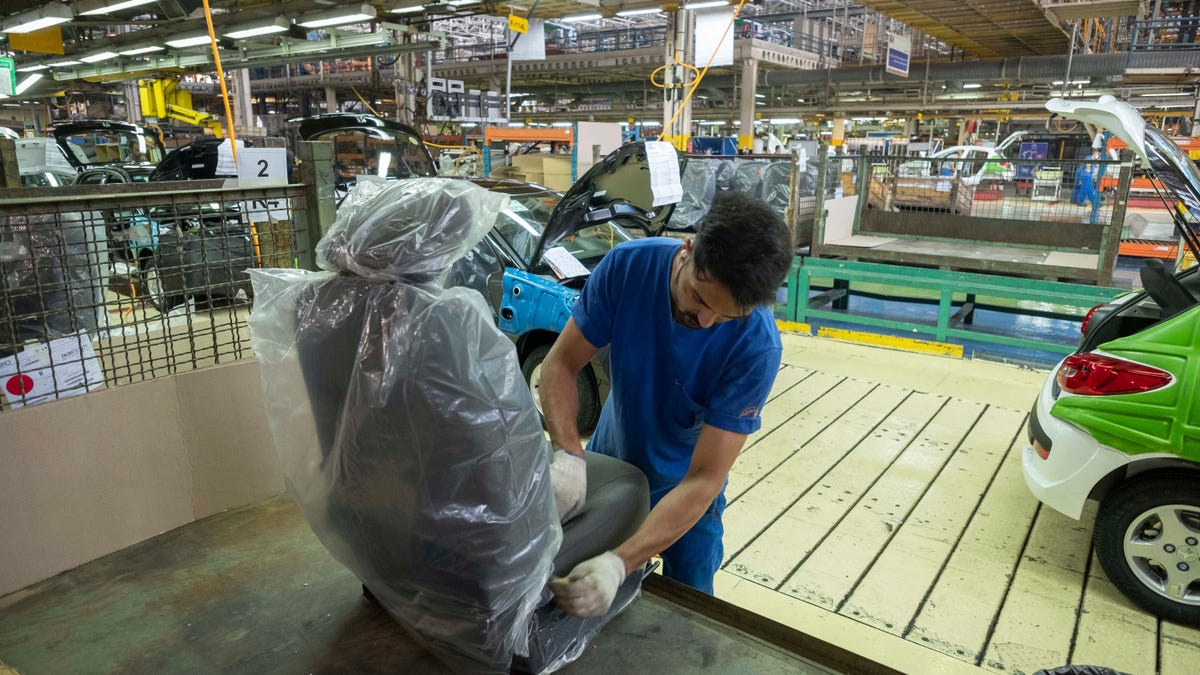It seems like everything causes cancer these days, and now researchers are learning how our cars may expose us all to potentially cancer-causing chemicals. As it turns out, some of the toxic chemicals used to treat car seat foam and slow the spread of fires can “off-gas” and release into the air inside of a car. This process is exacerbated in the summer time, since warmer temperatures cause an increase in off-gassing.
The National Highway Traffic Safety Administration (or NHTSA) enforced the use of flame retardants in car seat foam in the 1970s, with the obvious goal of preventing and slowing the spread of car fires. We’ve learned a lot since the 1970s, and the National Toxicology Program is currently investigating one fire retardant compound for its cancer-causing potential, while California’s Proposition 65 has already labeled two flame retardants as carcinogenic. Forbes wrote,
They discovered in both seasons about 99% of the cabins contained the flame retardant tris (1-chloro-isopropyl) phosphate (TCIPP), which is being investigated by the National Toxicology Program as a potential carcinogen—it has already found TCIPP may increase carcinoma risks in rats. Other potentially toxic flame retardant tri-n-butyl phosphate (TNBP) was found in 73% of cabins during the winter and 100% during the summer, while triethyl phosphate (TEP) was in 85% of cabins during the winter and 96% during the summer, and tris (1,3-dichloro-2-propyl) phosphate (TDCIPP) was present in 23% of cabins during the winter and 59% during the summer. Levels were higher in the summer because warmer temperatures cause an increase in off-gassing, which is the release of chemicals from car interiors, according to the study. To determine where in the cars the potentially toxic flame retardants were found, the researchers tested foam seat samples from 51 cars, and found 33 had possibly toxic flame retardants like TDCIPP and tris (2-chloroethyl) phosphate (TCEP), which were both labeled as carcinogens by California’ Proposition 65.
This study measured the cabin air inside 101 different electric, gas, and hybrid cars across 30 states between 2015 and 2022, in both summer and winter months. The cabin air inside of electric vehicles measured in the study showed significantly lower quantities of these chemicals than the cabin air in both internal combustion vehicles and hybrids. Up to 14 times lower in summer months, actually. It is noted that the differences may be attributed to other factors, because some brands were more represented in the study than others.

The fire-retardant-treated foam slows the spread of fires by 25 percent when compared to untreated foam, but critics argue that the chemicals make fires smokier and more toxic for victims and first responders. The Forbes article notes that firefighters face a 9 percent higher risk of receiving a cancer diagnosis and a 14 percent higher chance of dying from cancer compared to the general public due to exposure to carcinogenic chemicals like the ones used to treat car seat foam.
This study aims to encourage the NHTSA to update its standards set half a century ago, and exclude the use of flame retardants due to their potentially harmful effects. Consumer Reports issued a statement today on the matter, echoing the concerns that the study revealed. The state of California replaced its open flame test for upholstered furniture with a similarly effective smolder test that can be met without the use of carcinogenic chemicals.
Consumer Reports argues the NHTSA should follow California’s trajectory to minimize fire risk while also minimizing unnecessary exposure to scientifically proven carcinogens. After learning about the prevalence of carcinogenic air in cars, I will make a point to open all my windows to air out my car more intentionally than before.

